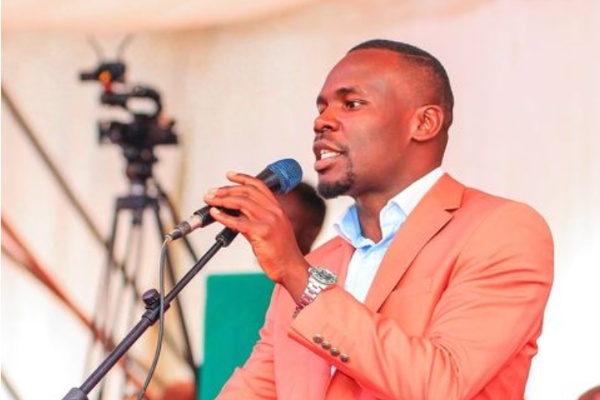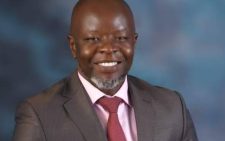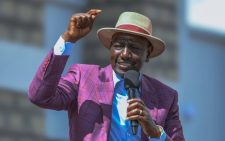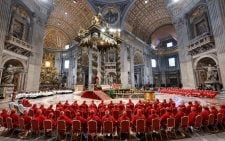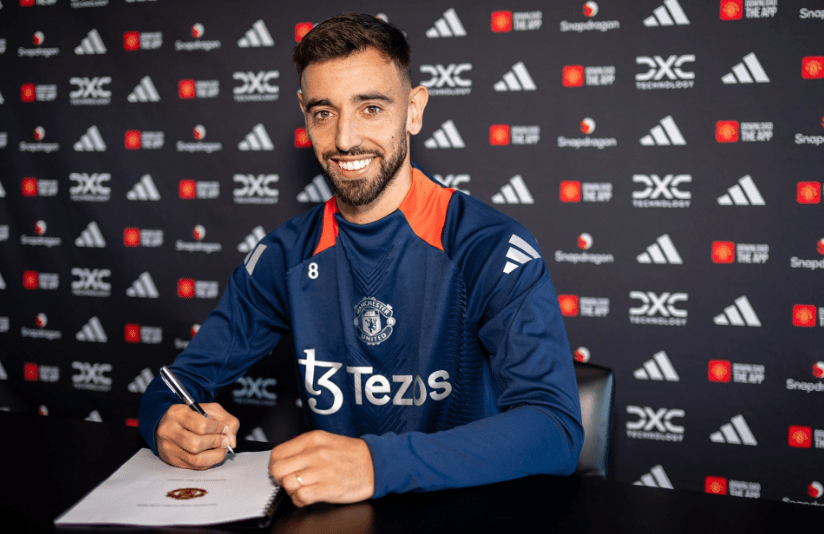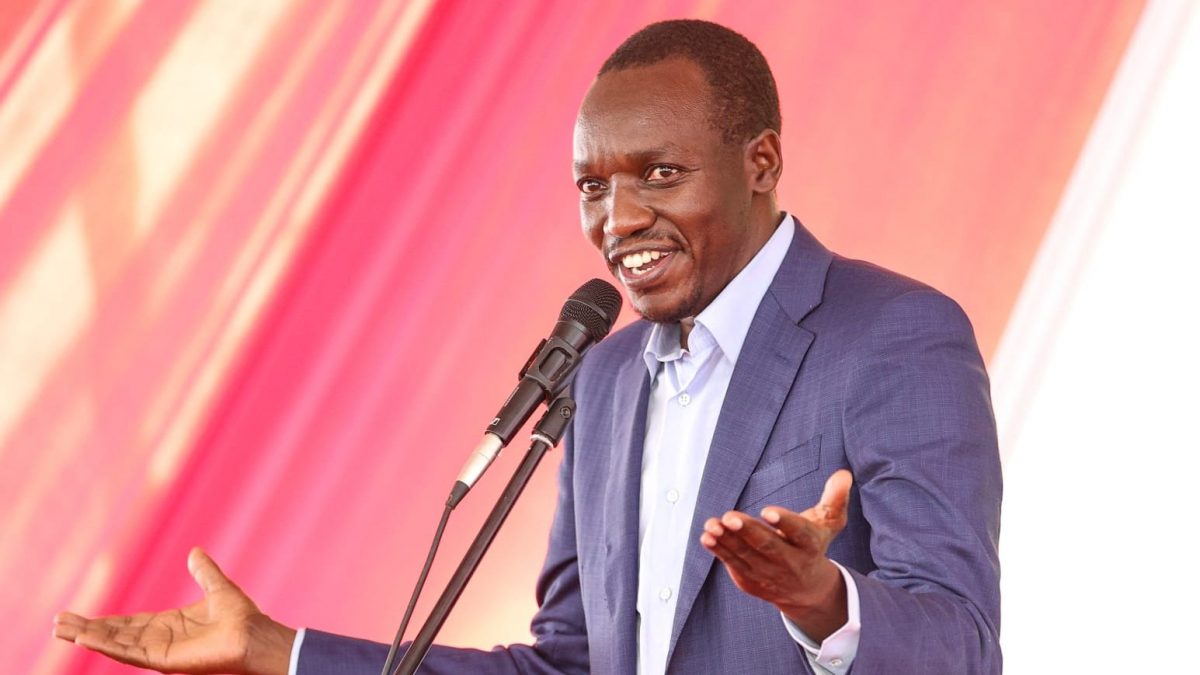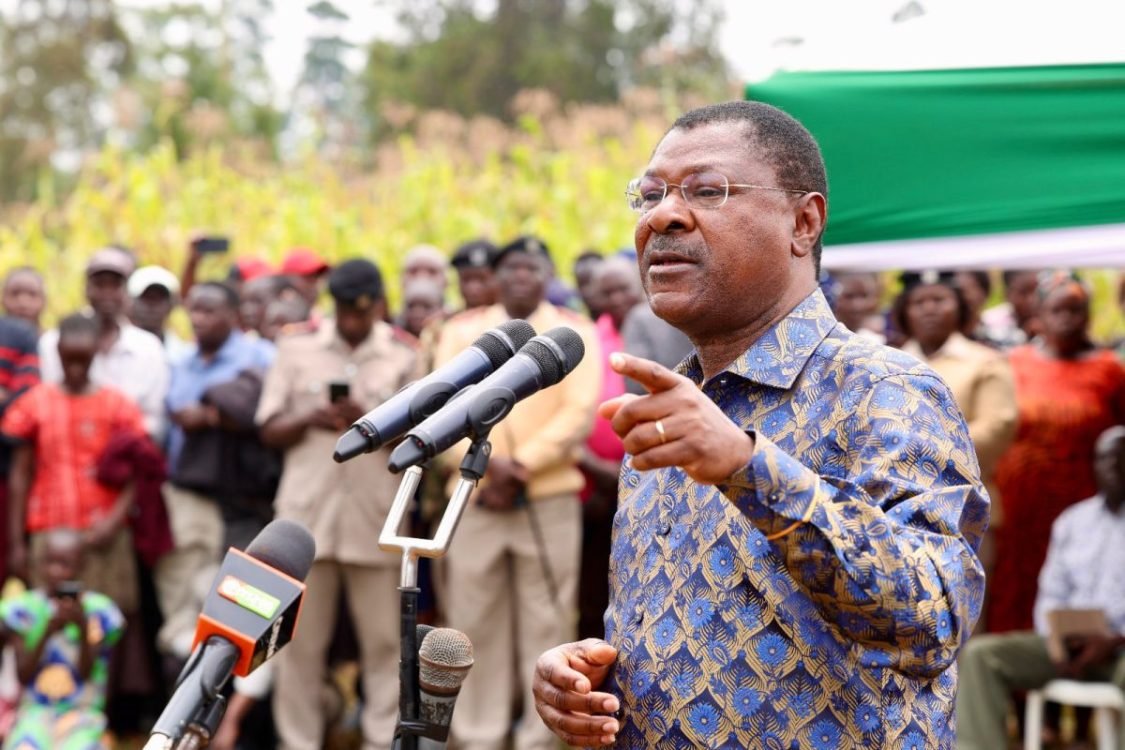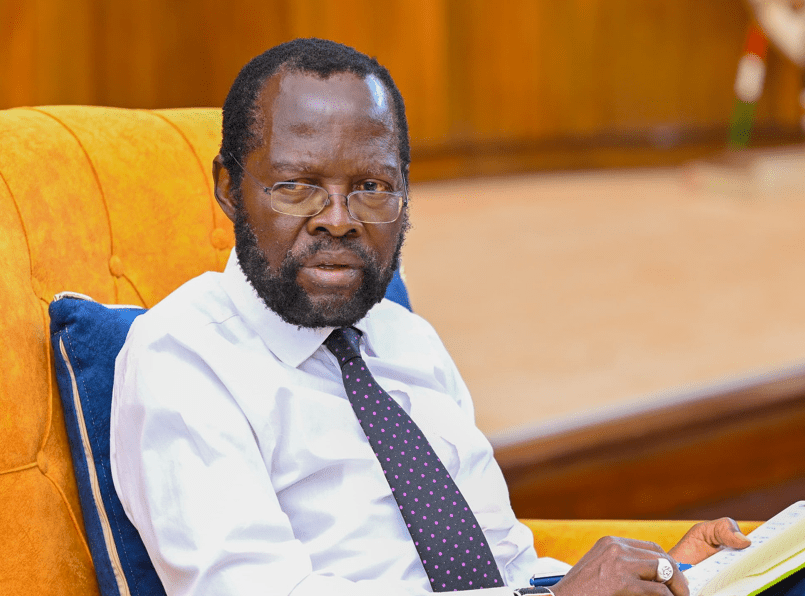Which African city will Africities Summit exhibit?
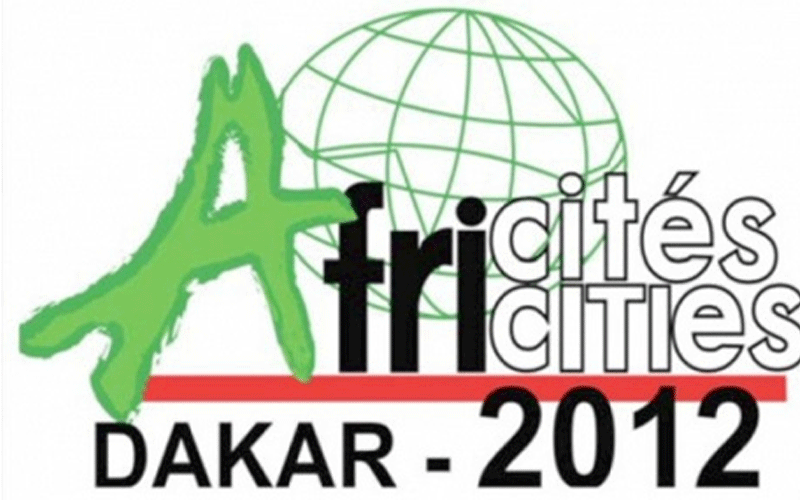
Those who have visited Israel can attest to the strong cultural divide that separates the old and the new Jerusalem.
Perhaps due to its historical significance, old Jerusalem is vibrant and more authentic than its new flashy, manicured counterpart.
Still, many people who want to visit Israel usually have Jerusalem in mind, and not just Jerusalem, but old Jerusalem.
Closer home, a trip to Lamu town reminded me of how different two towns within the same geographical region can be.
Mombasa is bubbly and upbeat like all fast-growing urban centres In fact, in a few years, Mombasa will look more unlike Lamu.
Blame it on the bridges that connect the and to the mainland and airport, the old architectural feature of the town is being replaced by skyscrapers, such as one might see in Acapulco bay.
On the other hand, Lamu is sheltered off the coast by highwalls erected by the archipelago. To get to Lamu, you must brave the ocean, literally.
Even if you were to fly in, there’s still the short runway at Manda Airstrip to deal with. Not many people have the spine for that.
A majority of people living in Mombasa and Lamu are united by Islam and traditions that go with that, but nothing else more.
There are probably fewer than 10 vehicles in Lamu town, if at all. The entry fort facing Manda Island is still very much the same as it was in the last century.
The streets of Lamu remain narrow, and donkeys are still all over the place.
Yet town and city managers of Mombasa will join the conversation during Africities Summit to be hosted in Kisumu next year.
Africities Summit is a huge pan African event periodically organised by united cities and local governments in Africa to discuss a wide range of common issues revolving around urban development in Africa.
Topical during this event will be challenges and best practices of urban planning and management, urban migration, housing, waste management, transport, and so on.
Due to the magnitude of the summit, participating presenters, mayors, local governments, partners and hosts are polishing their strategies to make the most out of the opportunity.
But like other observers, I am curious about which “African City” idea the summit will discuss and agree on.
I am operating from the premise that “Africities” idea was borne out of the desire to localise city idea to African context, so that a distinction can be made between a European, American, Russian or Asian city and an African city.
An African City which is integral to the Africities collectivity must by all intent retain something distinctively African.
I have related the Lamu experience because it is probably the only town in Kenya I know that captures and retains a historical moment.
With its undisturbed traditional Arabic architecture, Lamu is monumentally phenomenal in sociocultural terms.
This is why its contribution to historic preservation should be reflected upon during the summit as an iconic exhibit.
Our urban development plans must take into consideration sociocultural heritage and experience of our people even if that experience includes the colonial experience.
As we showcase progress made with city dynamics during Africities Summit 2021, it would be interesting to listen to seminal papers that address questions such as to what extent do African cities express cultures and traditions of local communities indigenous of the cities?
What is African about Africities other than the summit brings together city managers, urban planners and local governments from Africa? How do communities define their city?
Other than in Museums, what African cultural heritage landscapes and features are there in our cities?
How do we plan to preserve old spaces and architecture amid all the development induced demolitions in our cities?
What legislations do we have to protect sites and buildings as monuments in our cities?
What protection measures have we to safeguard historic and architectural values of local communities? Where is the architectural character of our people in our cities?
—The writer is a senior lecturer, department of Linguistics and Literature, Jaramogi Oginga Odinga University of Scienece and Technology
